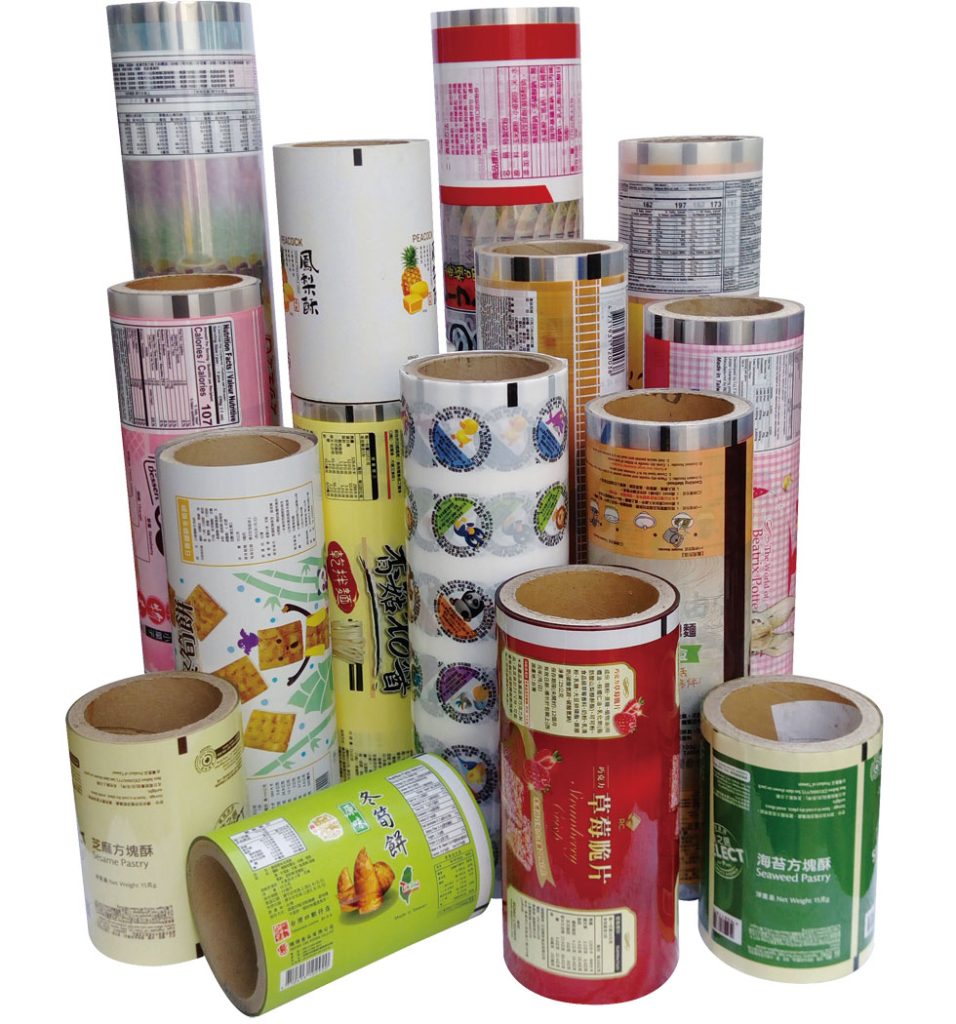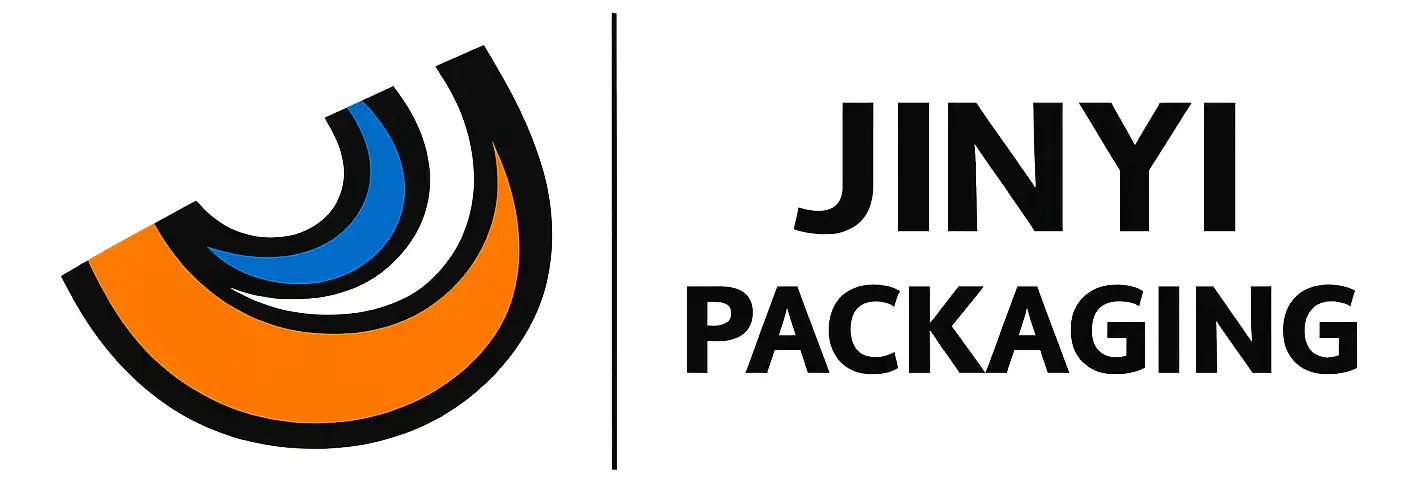The Ultimate Guide to Food Packaging Film

Introduction
When you pick up a bag of snacks, a pack of frozen vegetables, or a ready-to-eat meal, chances are you’re holding a product sealed with food packaging film. This thin yet mighty layer of material plays a critical role in keeping our food fresh, safe, and appealing. But what exactly is food packaging film? Why is it so important, and how do you choose the right one for your products?
In this ultimate guide, you’ll learn everything you need to know about food packaging film — from the materials and manufacturing processes to sustainability trends and how to find a reliable supplier. Whether you’re a food brand, distributor, or packaging buyer, this guide will help you make informed decisions that benefit your products and your bottom line.
What Is Food Packaging Film?
Food packaging film is a thin, flexible plastic or composite material designed to wrap, cover, or seal food products. Its main purpose is to protect food from contamination, extend shelf life, and enhance visual appeal. The right film creates an effective barrier against moisture, oxygen, light, and microbes, which are the primary culprits behind food spoilage.
Modern food packaging films come in various structures — from single-layer plastic sheets to sophisticated multi-layer laminates that combine the best properties of different materials.
Why Food Packaging Film Matters
For food manufacturers and brands, packaging film is more than just a cover — it’s a critical tool for:
Food Safety: Prevents contamination from bacteria, dust, and handling.
Shelf Life Extension: Controls moisture and oxygen transmission to keep products fresh longer.
Branding: Enables high-quality printing for attractive designs and product information.
Convenience: Easy to open, reseal, or portion, enhancing user experience.
Cost Efficiency: Lightweight and flexible, saving on storage and transportation costs.
Types of Food Packaging Films
There’s no one-size-fits-all solution. Here are the most common food packaging films and where they shine:
1. Polyethylene (PE) Films
Features: Flexible, strong, moisture-resistant, low cost.
Common Uses: Bread bags, frozen food, liners for bulk packaging.
Pros: Good sealability and impact strength.
Cons: Limited barrier against oxygen and aroma.
2. Polypropylene (PP) Films
Features: Higher clarity than PE, good moisture barrier, heat resistance.
Common Uses: Snack bags, confectionery wraps, biscuit packaging.
Pros: Can withstand higher sealing temperatures.
Cons: Less impact strength in low temperatures.
3. Biaxially Oriented Polypropylene (BOPP) Films
Features: Excellent clarity, printability, and dimensional stability.
Common Uses: Chips bags, candy wrappers, labels.
Pros: Attractive gloss, good moisture barrier.
Cons: Needs lamination for better oxygen barrier.
4. Polyethylene Terephthalate (PET) Films
Features: Strong, stiff, good gas and aroma barrier.
Common Uses: Retort pouches, ready meals, microwaveable food.
Pros: High temperature resistance.
Cons: Higher cost compared to PE/PP.
5. Nylon (PA) Films
Features: Excellent puncture resistance and flexibility.
Common Uses: Vacuum pouches, meat and cheese packaging.
Pros: Durable under low temperatures.
Cons: Needs lamination with other films for moisture barrier.
6. Aluminum Foil Laminates
Features: Provides total light, gas, and moisture barrier.
Common Uses: Coffee, tea, powdered milk, snacks.
Pros: Long shelf life for sensitive products.
Cons: Not microwaveable, less eco-friendly.
How Food Packaging Film Is Made
Creating high-performance food packaging film involves multiple steps:
1️⃣ Extrusion: Raw plastic resins are melted and extruded into thin sheets or films.
2️⃣ Stretching/Orientation: For films like BOPP, the film is stretched biaxially to improve strength and clarity.
3️⃣ Printing: Using flexographic or gravure printing to apply logos, product info, and branding.
4️⃣ Lamination: Combining two or more layers to get the desired barrier, strength, or seal properties.
5️⃣ Slitting & Converting: Films are cut into rolls or converted into bags, pouches, or wraps.
Applications Across the Food Industry
Food packaging films are used in nearly every segment of the food market:
Snacks & Confectionery: BOPP and metalized films for chips, candy bars, and chocolate.
Frozen Foods: PE and multilayer films that withstand freezing temperatures.
Dairy Products: High-barrier films for cheese, butter, and yogurt lids.
Meat & Seafood: Vacuum pouches using nylon and PE laminates.
Ready-to-Eat Meals: Retort pouches using PET and aluminum foil laminates.
How to Choose the Right Food Packaging Film
Choosing the right film depends on your product’s needs:
✅ Barrier Requirements: How sensitive is your product to oxygen, moisture, or light? For example, coffee needs a high-barrier foil laminate, while fresh bread may need simple PE film.
✅ Sealing & Machinability: The film must run smoothly on your packing line and seal properly at the right temperatures.
✅ Printing & Branding: Does the film support high-resolution printing for logos and graphics?
✅ Sustainability: Can you switch to recyclable or compostable films to meet customer demand?
✅ Regulatory Compliance: Make sure the film is certified as food-grade by FDA, EU, or your local authority.
Sustainability Trends in Food Packaging Films
Consumers and governments worldwide are demanding greener packaging. Many brands are switching from traditional single-use plastics to:
Recyclable Mono-Material Films: Films made from a single resin like PE, which is easier to recycle.
Compostable Films: Made from bio-based resins like PLA or cellulose.
Lightweighting: Using thinner films to reduce material usage.
At Jinyi Packaging, we actively help clients develop sustainable packaging solutions that meet international standards without sacrificing performance.
FAQs About Food Packaging Film
Q: Can food packaging films be recycled?
A: Many single-material films like PE and PP can be recycled where facilities exist. Laminates and metalized films are harder to recycle.
Q: What is the MOQ for custom printed food packaging film?
A: Our minimum order quantity usually starts from 500kg or 10,000 pieces, depending on the product type.
Q: How long is the lead time?
A: Generally 15–20 days for production plus shipping, depending on order size and customization.
Q: Do you offer custom sizes and printing?
A: Absolutely! We specialize in custom sizes, thickness, printing, and pouch making.
Why Choose Jinyi Packaging as Your Food Packaging Film Supplier
Jinyi Packaging is a trusted food packaging film manufacturer in China with over 10 years of export experience. We operate a modern factory with advanced printing and laminating machines. Our films are exported to Southeast Asia, Europe, and North America.
What we offer:
✅ Factory-direct prices
✅ Strict quality control
✅ Food-grade certifications
✅ Custom solutions
✅ Stable lead times and reliable shipping
Ready to Get Started?
If you’re looking for a reliable food packaging film supplier to help protect and promote your food products, we’re here to help.
👉 Contact Jinyi Packaging today for a free quote and customized solution!

